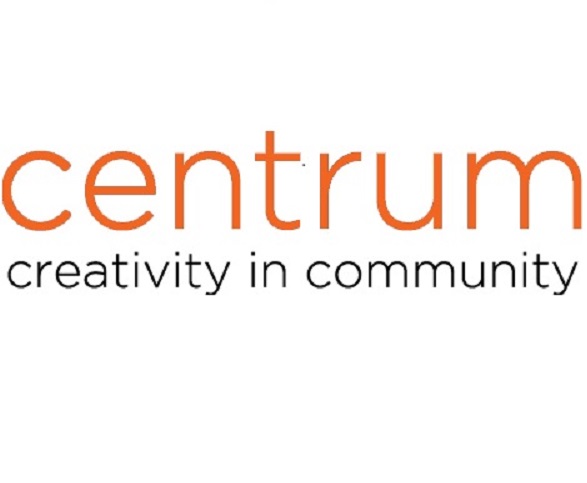With recent changes in the tax code, Centrum wishes you to be aware of key interrelated factors that are prompting some reordering of tax-wise charitable giving strategies, especially for seniors.
For instance, did you know that you can direct all, or a portion of, your IRA Required Minimum Distribution to a charity and pay no tax on that value? It is an increasingly good option for seniors who wish to guarantee a tax benefit for their charitable giving. Here are the factors at play…
Factor 1 – Required Minimum IRA Distributions (RMD)
Upon reaching 70½, one has to commence annual taxable withdrawals from one’s combined IRA balances, commensurate with the Uniform Life Expectancy (UFE) table. Seniors hitting that age threshold spent much of their working lives in the era of the “universal IRA” and defined contribution plans, so IRAs with $1,000,000, $2,000,000, or more are increasingly common. For reference, a 71-year-old with a $1,000,000 IRA has to withdraw about $38,000, and the percentage rises a bit each subsequent year. That’s a fair chunk of added income subject to one’s marginal tax rate, and it hits at the same time that many affluent seniors start taking Social Security benefits, another new block of largely taxable income.Factor 2 – Expanded Standard Deduction, etc.
Under the 2017 tax reform, the standard deduction was roughly doubled (more than doubled for seniors). In addition, the deduction for state and local taxes was capped at $10,000 per household. As a result, many fewer people, especially among seniors, have a reason to itemize deductions. That can impinge on the tax motivation behind some charitable giving, EXCEPT…Factor 3 – Qualified Charitable Distributions (QCD)
This on-again-off-again benefit was made “permanent” by the 2017 law. It allows those over 70½ to make IRA distributions, up to $100,000 annually, directly to qualified charities. Such QCDs do NOT count as taxable income, but DO count toward satisfying one’s RMD. This gives seniors the opportunity to use the new, larger standard deduction while still realizing an effective deduction for charitable contributions.
We should add that a QCD must be directed to a “qualified charitable entity” (such as Centrum) but may not be directed to the taxpayer’s donor-advised fund or private foundation.
That’s it in a nutshell, although there are related considerations. For example:
- For some taxpayers, the higher standard deduction may prompt time-shifting of deductible items (if possible) with the goal of taking the standard deduction one year and itemizing the next. Charitable contributions are among the easiest items to shift in this way.
- The exemption threshold for federal estate taxes was raised significantly, but many larger estates still need to think about estate levies imposed by states as well as the tax implications of leaving pre-tax retirement plan assets to their heirs. The above changes may prompt some fresh evaluation of estate disposition plans, re-emphasizing the advantage of gifting from IRAs (via QCD) and/or leaving more of those assets to charities while preserving donor advised fund assets for the heirs who can be named as successor donor/advisors with no income or estate tax consequences.
As you can see, it’s not really a story that can be summed up in a simple tag line such as “remember, your gift to Centrum is tax-deductible.” But the considerations are not terribly complicated, and your tax professional can help you consider the best strategy for your situation.
QUESTIONS? Call our development team – we can help you find the answers that work best for you! Also, you can find additional information here.
(360) 385-3102 x 132.
